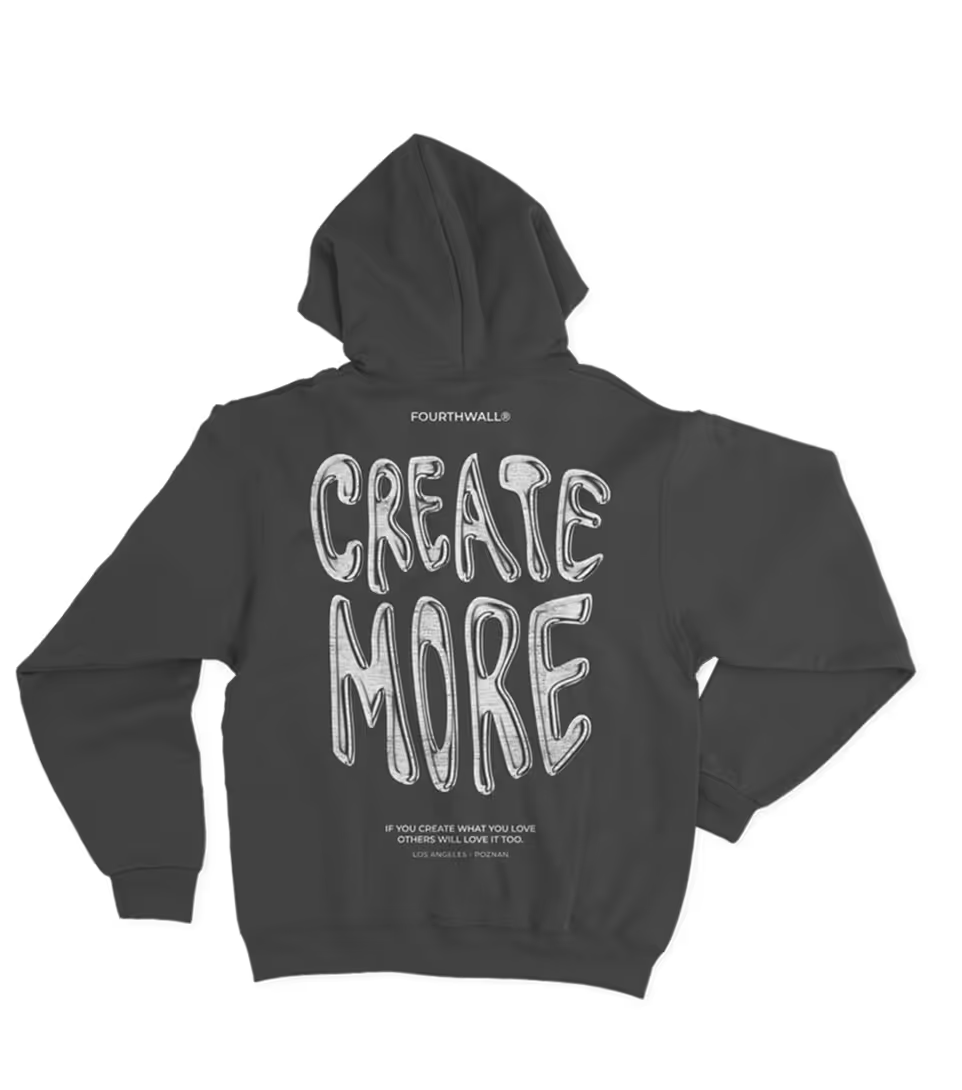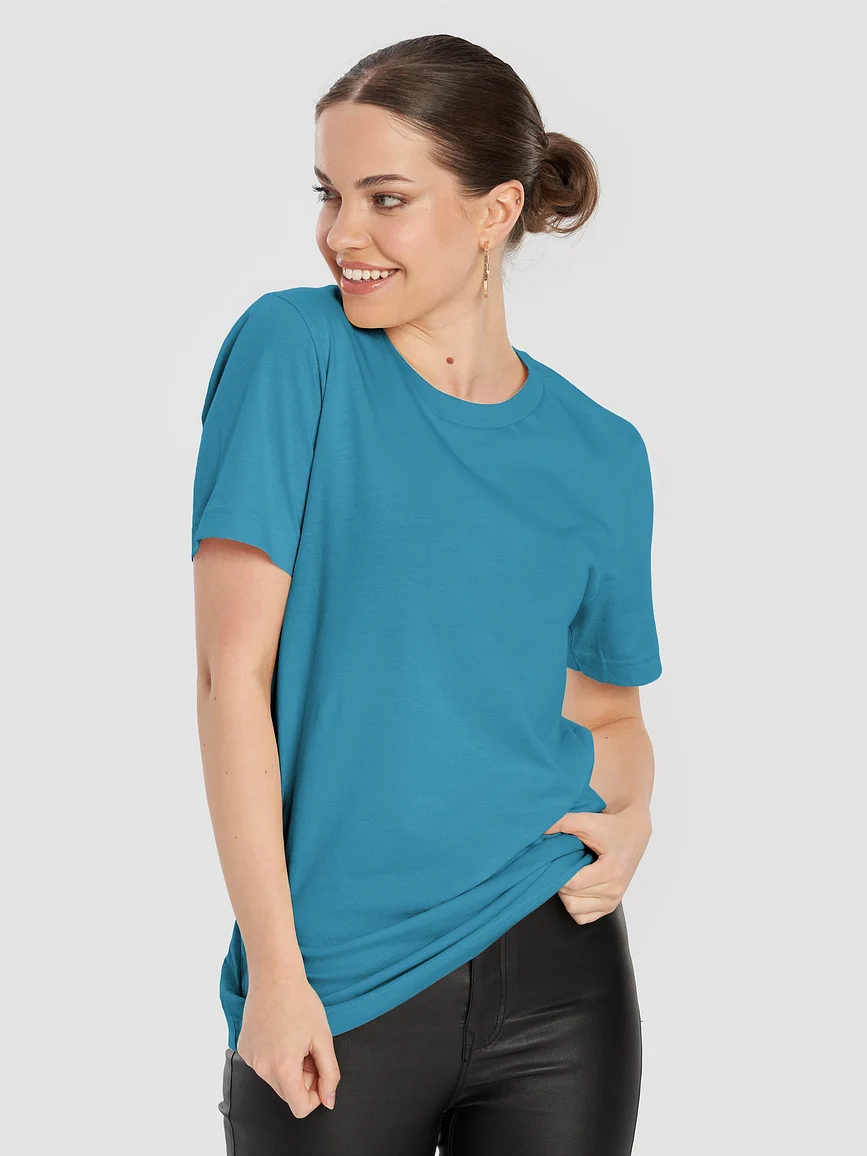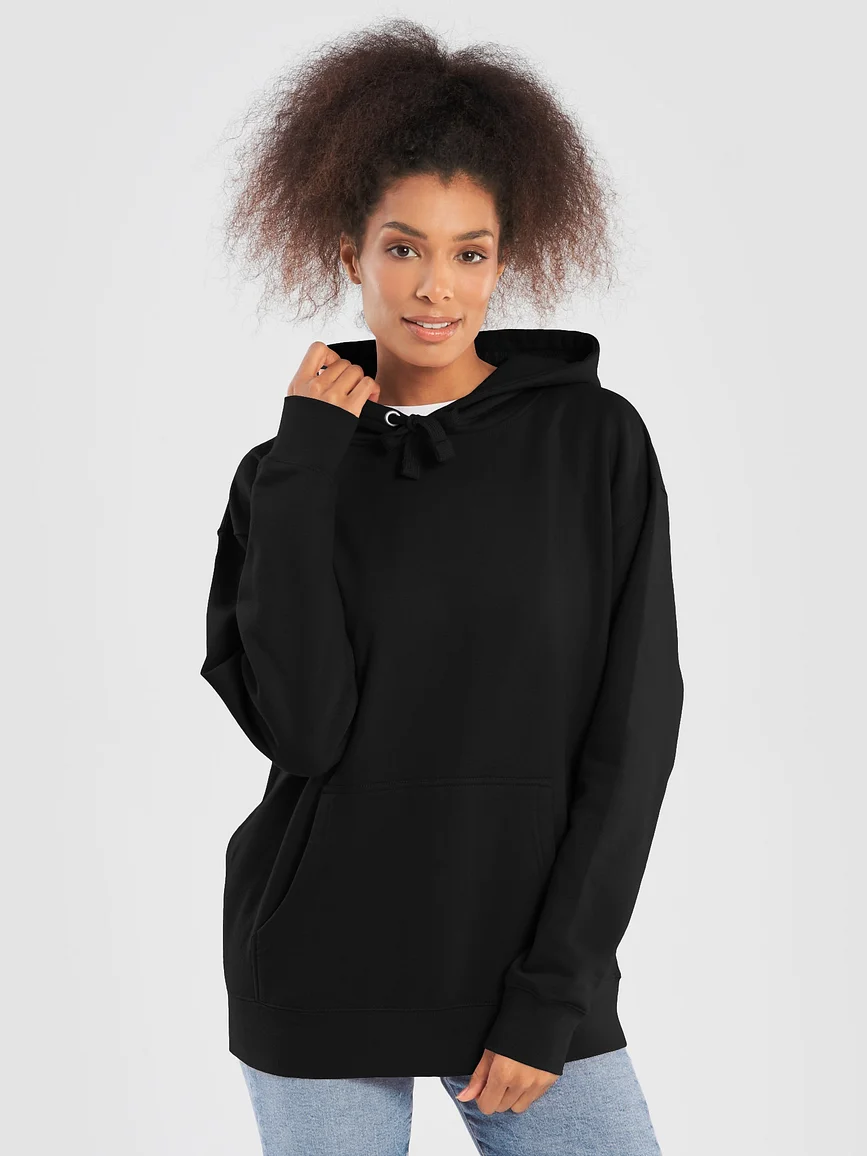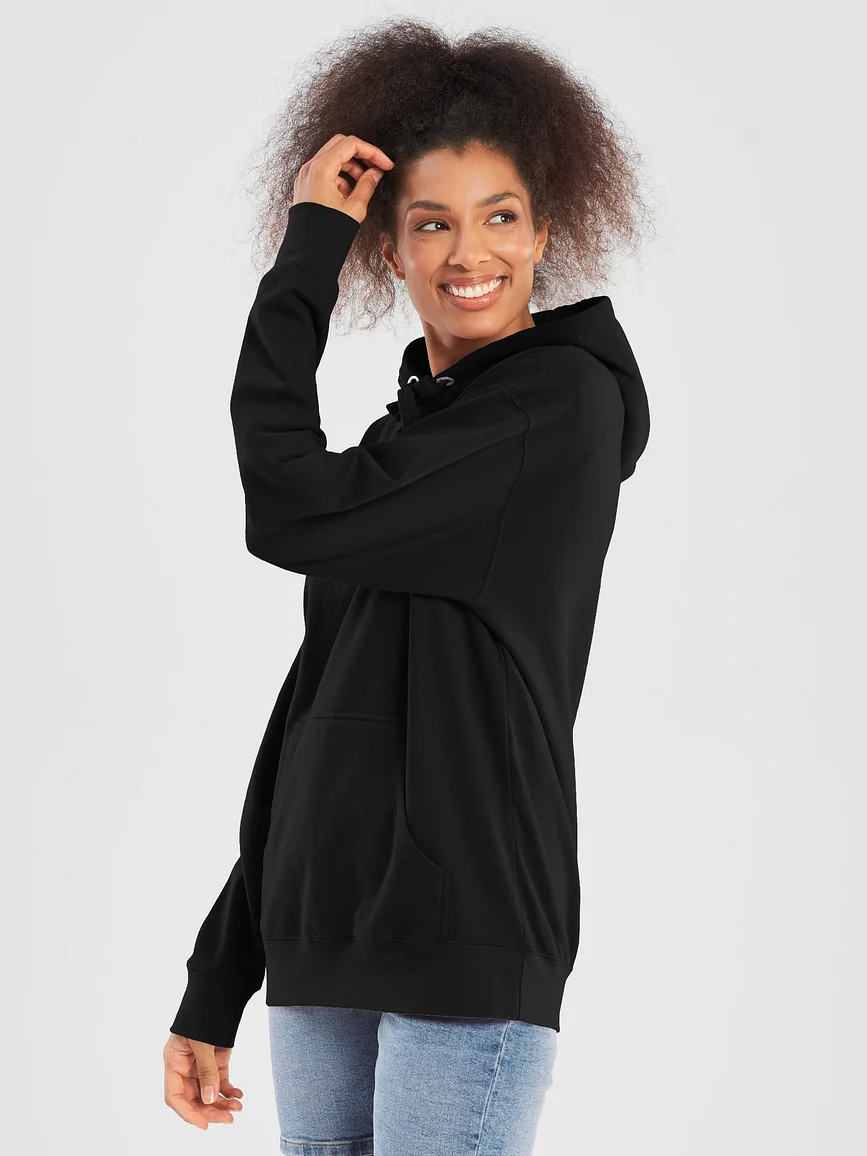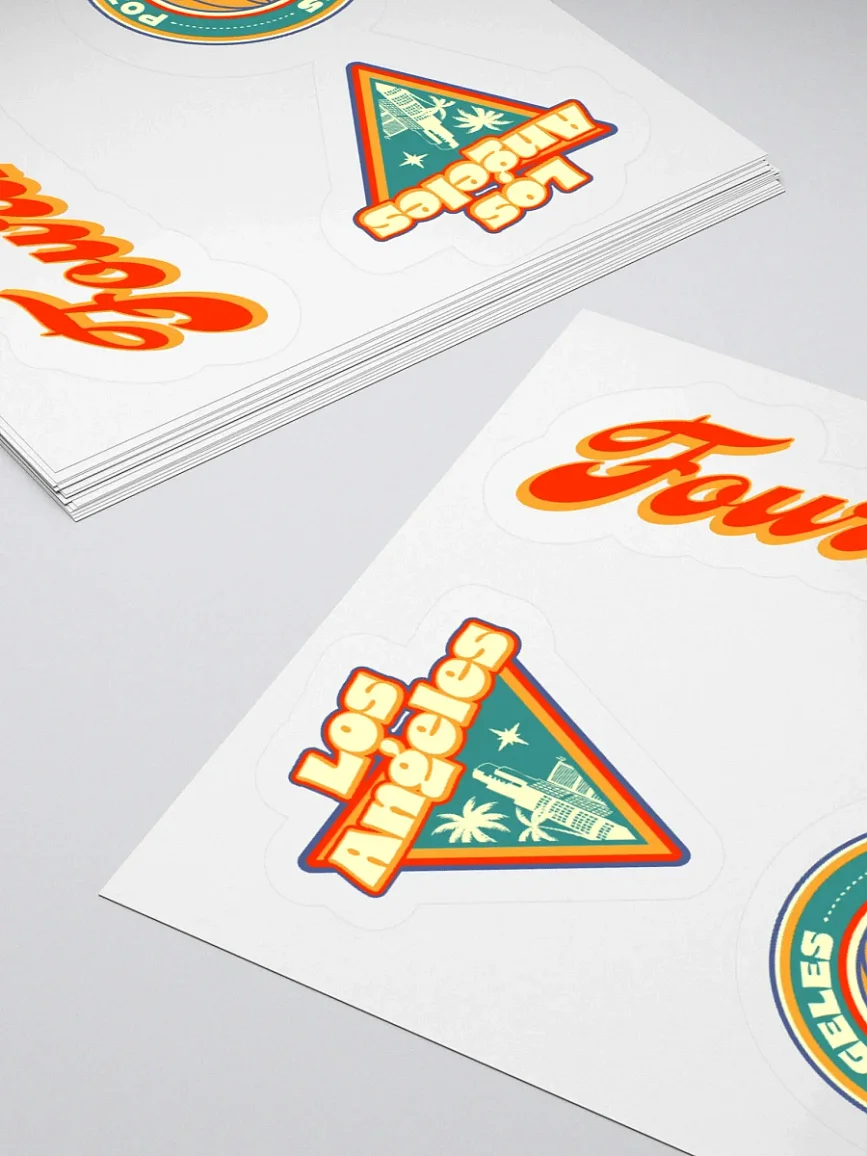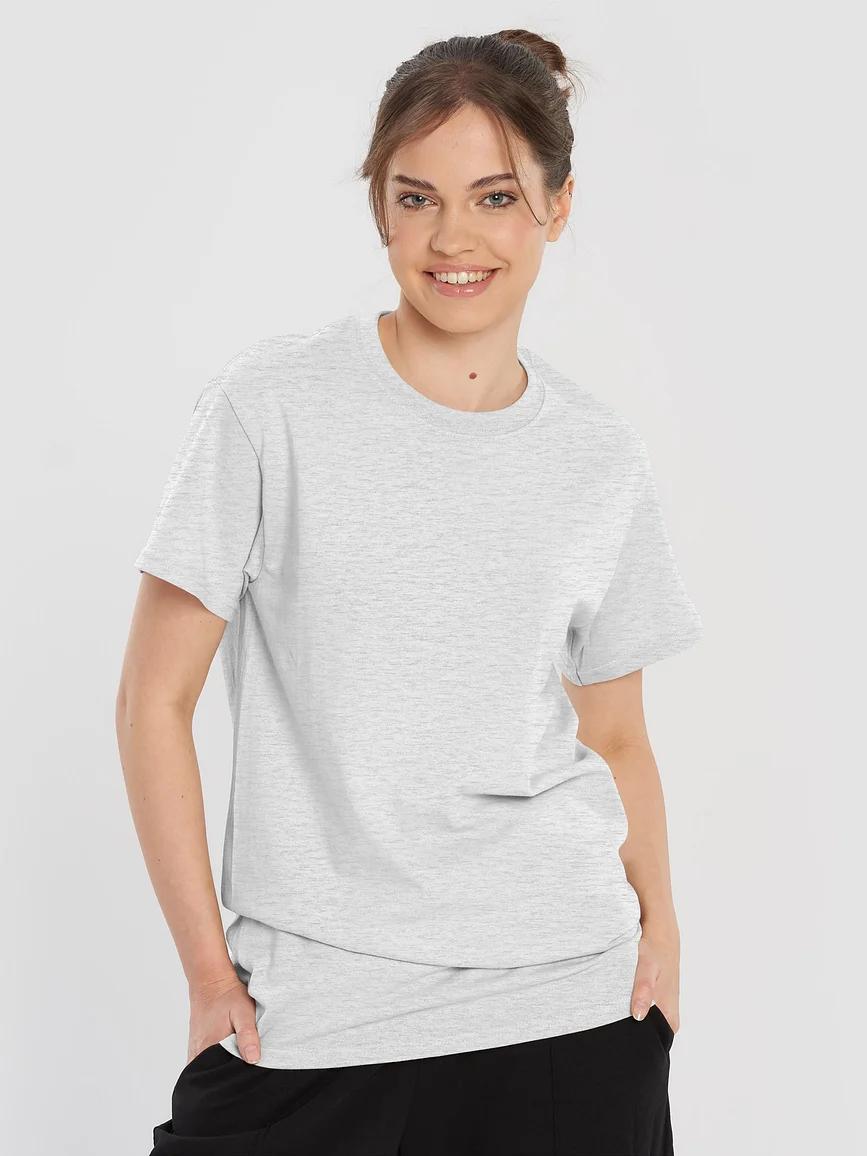Alternatives to Paid Advertising: 8 Strategies for Growth
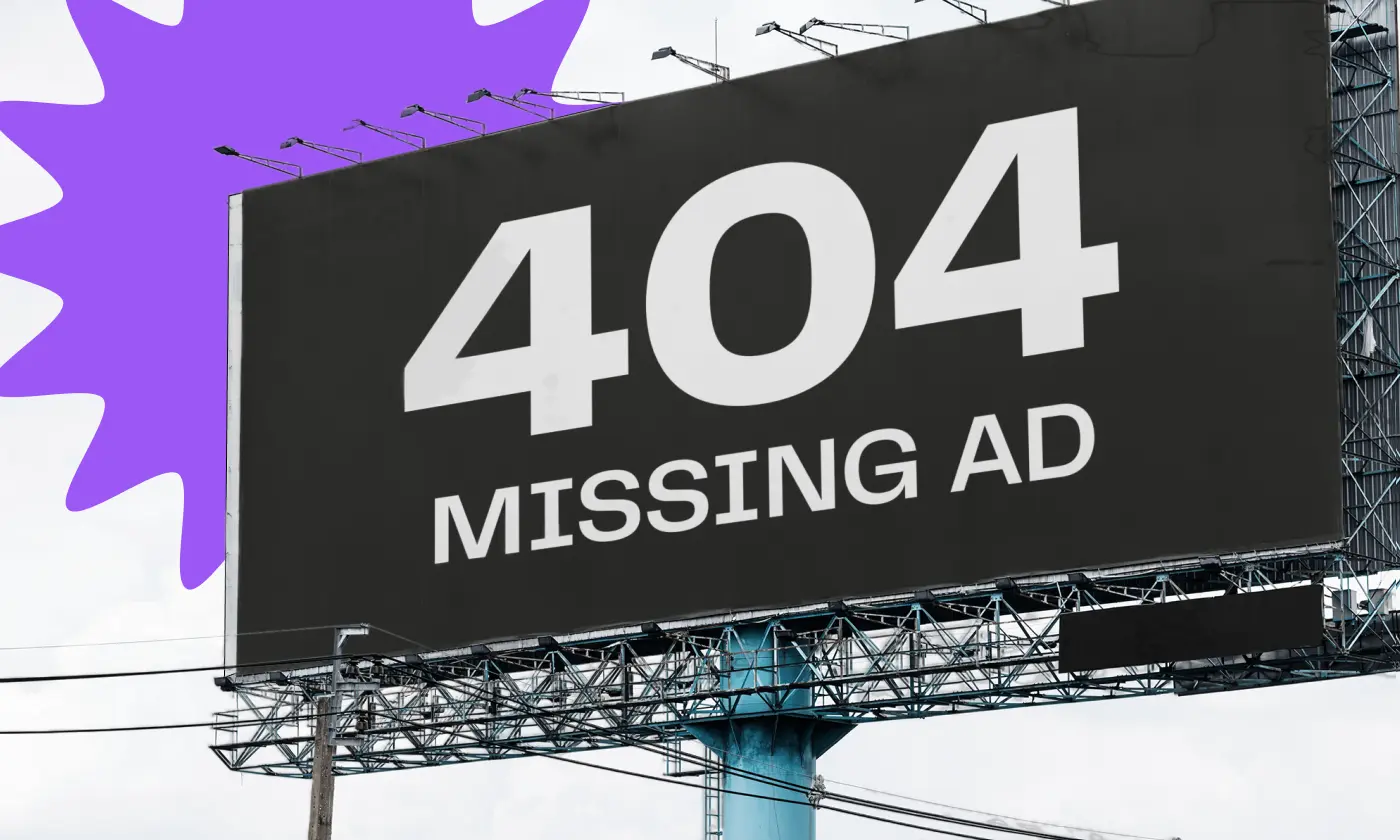
Paid advertising has been a mainstay in creator marketing, yet the landscape has begun seeing a significant shift with those looking for alternative means.
Rising costs, ad fatigue, and oversaturation on major advertising platforms like Google and Facebook make it challenging for brands to see a strong return on investment (ROI) from paid advertising alone.
In response, more creators are turning to alternatives that build better engagement, drive organic growth, and provide sustainable brand visibility.
This guide delves into effective alternatives to advertising, including email marketing, affiliate programs, influencer partnerships, and promotions on social media.
You'll discover how these methods can empower creators to connect with their audiences authentically while growing their brands in a competitive market.
Why Should Content Creators Consider Alternatives to Paid Advertising?
For creators, paid advertising on platforms like Instagram, Facebook, TikTok, and YouTube can be limiting. While these ads can generate quick visibility, they’re often costly, face intense competition, and sometimes fail to engage audiences in a meaningful way.
Instead, creators are increasingly exploring alternatives like email marketing, community-building, and collaborations with other influencers to foster authentic connections and sustain long-term growth.
Studies reveal that audience-centric strategies beyond paid ads often lead to higher engagement and loyalty. For instance, creators who focus on community engagement or personalized email outreach often experience stronger follower retention and more genuine interactions.
While paid ads have their place, supplementing them with organic, interactive approaches can help build a more connected and dedicated audience.
Advantages and Disadvantages of Paid Advertising
Before diving in, it’s essential to recognize the undeniable impact of paid advertising. It’s an effective tool for content creators looking to reach wider audiences. However, it isn’t the only route, and several alternative strategies can achieve similar goals with unique advantages. Here’s a quick overview of the benefits and limitations of paid ads.
Advantages
- Precise Audience Targeting: Paid ads on platforms like Instagram, Facebook, TikTok, and YouTube allow creators to reach specific demographics, making it easier to connect with a targeted audience.
- Flexible Campaigns and Content: Paid advertising offers a high degree of flexibility, allowing creators to adjust campaign budgets, targeting options, and ad content in real-time.
- Increased Visibility and Reach: Paid ads can quickly boost visibility, enabling creators to share content, promote products, and build brand awareness rapidly.
Disadvantages
- High and Rising Costs: The cost of social media ads continues to rise, making it challenging for creators to maintain ad campaigns without significant budgets.
- Intense Competition: With so many creators competing for attention, it’s becoming increasingly difficult to stand out, which often drives up costs further.
- Ad Fatigue and Consumer Apathy: Many users are accustomed to seeing and ignoring ads, and nearly half of internet users worldwide employ ad blockers, limiting the reach of paid ads.
- Perceived Lack of Relevance: Studies show that only a small percentage of viewers find online ads relevant, indicating a potential disconnect between ads and audience expectations.
While paid advertising can be effective, considering alternative approaches, such as influencer partnerships, email marketing, and community-building, can help diversify and strengthen your marketing strategy.
8 Effective Alternatives to Traditional Advertising
1. Video Marketing

Creating valuable and compelling videos is one of the most effective ways for content creators to boost brand awareness without relying on paid ads. Videos allow creators to share stories, insights, and expertise authentically, building trust and deepening connections with their audience.
For example, fitness influencer Chloe Ting grew her brand by sharing free workout challenges on YouTube, inspiring millions to follow her routines and join her community.
Similarly, content creator Nas Daily built a massive following with short, impactful videos highlighting unique stories from around the world, demonstrating how storytelling can drive engagement and loyalty.
On TikTok, Zach King captivates viewers with his creative video illusions, using his imaginative content to attract partnerships and grow his audience organically.
Even entrepreneurs like Marques Brownlee (MKBHD) have leveraged video marketing to build trust and authority in the tech space by delivering high-quality, in-depth product reviews.
By integrating video marketing into their social media platforms, websites, or blogs, creators like these not only enhance their content quality but also reach highly engaged audiences—all without the hefty price tag of paid advertising.
2. Social Promotions
Social media contests and giveaways offer content creators and brands a powerful, cost-effective way to expand their reach and engage audiences without relying on paid ads.
By running social promotions on platforms like Instagram, Facebook, or TikTok, creators can attract new followers, boost engagement, and generate excitement around their brand.
For instance, a simple giveaway can significantly increase visibility as followers share posts, tag friends, and actively participate for a chance to win. The prize's cost is often much lower than that of an ad campaign, yet the results can be far-reaching, attracting new followers and potential customers.
Additionally, with the right tools, social promotions allow creators to capture valuable contact information from participants, providing a foundation for future marketing efforts, such as email campaigns.
Social contests not only help grow a creator’s following but also establish a more personal connection with their audience, creating an authentic buzz and a sense of community that paid ads often struggle to achieve.
3. Email Marketing
Email marketing allows brands to engage directly with their target audience, making it an exceptional alternative to paid ads.
Through segmentation and tailored content, creators can deliver personalized emails that resonate with specific audience groups, creating a deeper and more genuine connection. Unlike social media ads, email marketing fosters a two-way relationship that not only builds loyalty but can also significantly boost ROI.
Email marketing is highly cost-effective and offers the flexibility to automate campaigns, making it ideal for creators managing their own outreach. From newsletters and product announcements to event invites and exclusive discounts, email campaigns can serve multiple purposes to keep your audience engaged.
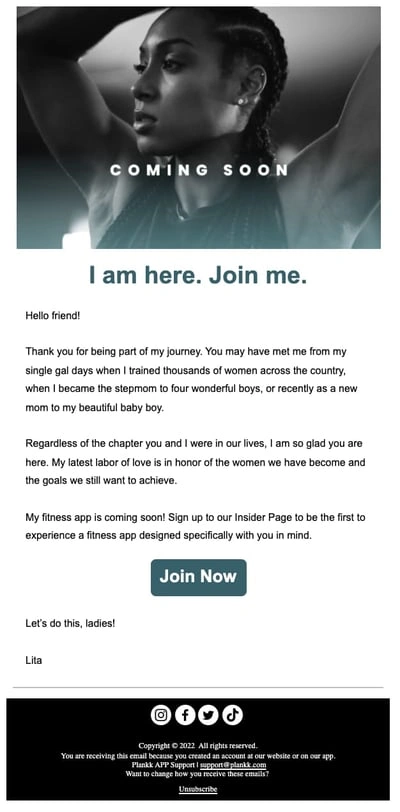
Best practices include personalizing emails, segmenting your audience based on preferences, and using automation tools for timely follow-ups. Creators can track metrics like open rates, click-through rates, and conversions, ensuring each campaign is optimized for maximum engagement—making email marketing a measurable and impactful alternative to paid advertising.
4. Influencer Marketing
Influencer marketing offers a powerful way to connect with niche audiences through influencers who have already built strong relationships with their followers.
Unlike broad ad campaigns, influencer marketing is highly targeted, allowing brands to reach a specific demographic that aligns with their values and products.
By partnering with influencers who resonate with their mission, brands and creators can build authenticity and trust within their audience. Whether through sponsored posts or barter collaborations, well-chosen influencers can generate buzz, boost engagement, and attract new followers.
An emerging brand, for instance, can benefit significantly from a mention by a trusted influencer, especially if it’s still growing its customer base. Working with an established influencer agency can further streamline the process by selecting the right partners and ensuring a smooth execution.
Metrics like engagement rate, follower growth, and ROI are essential in measuring the effectiveness of influencer partnerships, making it easy to track success and refine strategies for maximum impact.
5. Affiliate Programs
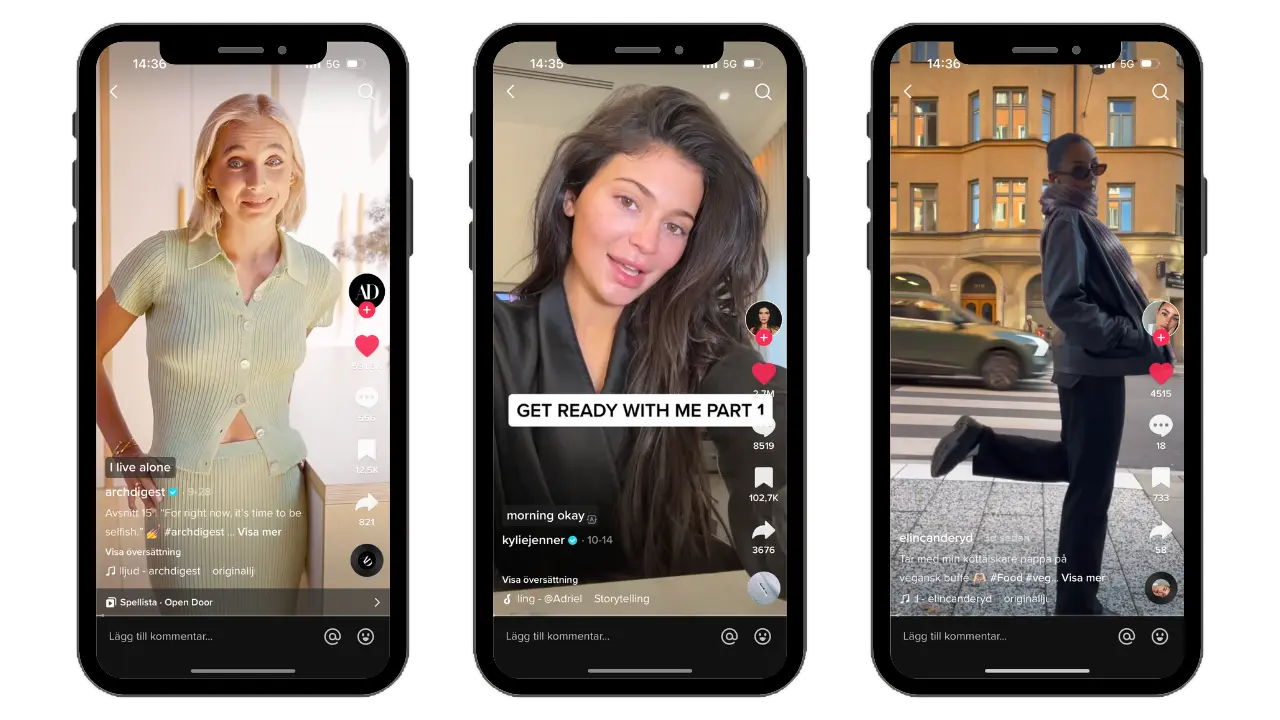
Instead of investing in costly ad campaigns, creators can leverage affiliate partnerships—collaborations in which trusted partners promote their products to relevant audiences, earning commissions only on successful sales or conversions.
This performance-based approach is ideal for creators with smaller advertising budgets, ensuring they only pay for results while building brand visibility and trust with genuine endorsements.
Several popular social media affiliate programs make this strategy accessible for creators on multiple platforms. For instance, TikTok’s Affiliate Program allows creators to share products directly in videos or live streams, providing a seamless shopping experience and commission on purchases.
Similarly, YouTube's Shopping Affiliate Program enables creators to tag products from partnered retailers directly within their videos, allowing viewers to shop without leaving the platform. This integrated approach supports creators in monetizing their content while maintaining a smooth user experience.
Other established programs, like Amazon Associates, RewardStyle (LTK), and ShareASale, are also widely used on platforms like Instagram, TikTok, and YouTube. Through these programs, creators can earn commissions by promoting lifestyle, fashion, tech, or beauty products that resonate with their audiences.
By sharing authentic product recommendations through affiliate links, creators can drive conversions and revenue while fostering loyalty and trust with their followers—making affiliate marketing a highly effective and sustainable alternative to traditional paid ads.
6. Guest Blog Posts

By contributing content to established blogs that cater to a similar audience, content creators and brands can gain access to a broader readership and naturally introduce their brand to new followers or potential customers.
For instance, a fitness influencer could write a guest post on a popular wellness blog, sharing actionable workout tips or nutrition advice while subtly linking back to their own blog or social media.
This collaboration not only boosts the creator’s visibility but also builds credibility with a relevant audience. The backlink included in the post provides an SEO advantage, signaling to search engines that the creator's website is reputable and enhancing its position in search results over time.
Guest blogging also allows creators to build strong relationships with others in their niche. For example, a digital marketing consultant might guest post on a business blog, offering insights on social media strategies while linking back to their own site for more tips.
This approach not only increases exposure but also opens doors for future collaborations or joint ventures, reinforcing their position in the industry.
By offering value-driven content on established platforms, creators gain the benefits of traditional advertising—wider reach and brand exposure—without the associated costs, making guest blogging a cost-effective and powerful tool for sustainable growth.
7. Podcasting

Imagine your brand’s voice reaching people wherever they are—during commutes, workouts, or quiet moments at home. Podcasting offers content creators a unique and highly personal way to connect with audiences, serving as a cost-effective alternative to paid advertising.
Getting started with a podcast requires minimal upfront investment, and platforms like Apple, Spotify, Google, and Amazon make it easy to distribute episodes for free, opening doors to an expansive audience.
Podcasting allows creators to build a loyal listener base by sharing insights, interviews, or storytelling, deepening their relationship with listeners in a way that feels far more personal than ads.
Episodes can also be repurposed into clips for social media, blog posts, or video content on YouTube, maximizing the reach of each recording.
Though growing a podcast takes time, creators who stay consistent and utilize podcast promotion strategies—such as guest appearances on other podcasts or cross-promotions with fellow creators—can significantly increase their visibility and establish authority in their niche, all without the continuous spending required by paid ads.
8. Webinars
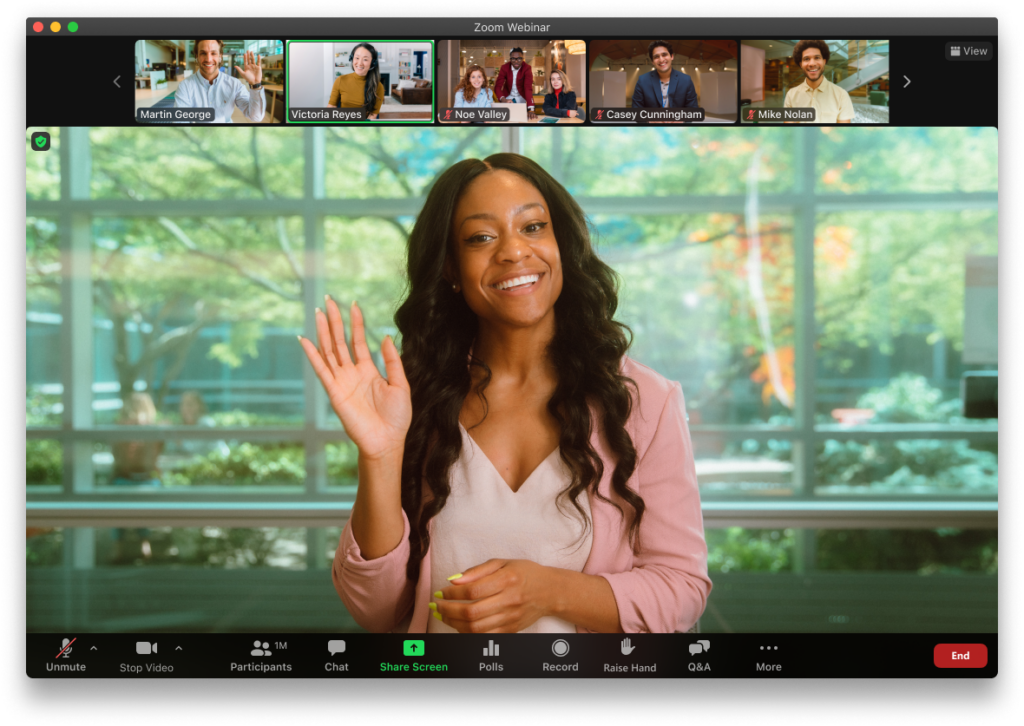
Webinars offer a highly targeted and value-driven alternative to paid advertising, attracting an audience already interested in what you have to offer.
Unlike traditional ads, which often provide minimal engagement, webinars allow you to educate, inspire, and build trust with participants by exploring topics that matter to them.
For example, a fitness creator could host a free webinar on crafting effective workout plans while subtly showcasing their paid programs or merchandise.
Not only do webinars create a direct connection with your audience, but they can also drive organic growth through word-of-mouth and social shares.
With minimal upfront costs, webinars are an efficient way to promote your brand, build community, and convert engaged viewers into loyal customers—all without the expense of traditional ad campaigns.
Implementing Advertising Alternatives: Practical Tips
Starting with advertising alternatives can be daunting, but these tips provide a roadmap for success:
- Research Your Audience: Utilize tools like social listening, Google Analytics, and email insights to track your audience's behaviors, interests, and preferences. By gathering and analyzing this data, you can tailor content and messaging that speaks directly to their needs and preferences, ensuring that your efforts resonate and connect authentically.
- Consistently Produce Quality Content: Whether posting on social media, sending email newsletters, or writing guest blog posts, it’s essential to focus on creating content that is valuable, well-researched, and visually engaging. Consistently delivering high-quality content establishes credibility, helping followers view you as a trustworthy source. Over time, this approach broadens your reach organically, attracting a larger and more loyal audience.
- Encourage Word-of-Mouth: Word-of-mouth marketing is one of the most powerful forms of organic growth, as people naturally trust recommendations from those they know. Offer referral programs, loyalty rewards, or incentives for customers who share your brand with friends and family. By encouraging satisfied customers to spread the word, you drive new traffic and leads without investing in paid advertising while also building a strong, loyal community around your brand.
Common Mistakes to Avoid When Exploring Alternatives
Steering clear of common pitfalls will help your advertising alternatives succeed:
- Overlooking Analytics: Skipping analytics is one of the biggest mistakes when exploring advertising alternatives, as it prevents you from understanding what’s working and what’s not. By regularly tracking metrics such as engagement, audience interaction, and ROI, you gain insights into the effectiveness of your strategies.
- Ignoring Audience Interaction: Failing to respond to comments, questions, or feedback can make your brand seem unapproachable or unresponsive. Regular interaction with your audience shows that you value their input, fostering a sense of community and loyalty that can lead to organic growth and more meaningful connections.
- Lack of Clear Goals: Without defined goals, it’s challenging to assess the impact of each strategy or determine if it’s worth the effort. Establishing specific metrics for success—whether it's increased followers, engagement rates, or conversion rates—helps you stay focused and ensures that each tactic you explore contributes to your brand’s long-term vision.
Maximize Your Brand Growth with Fourthwall
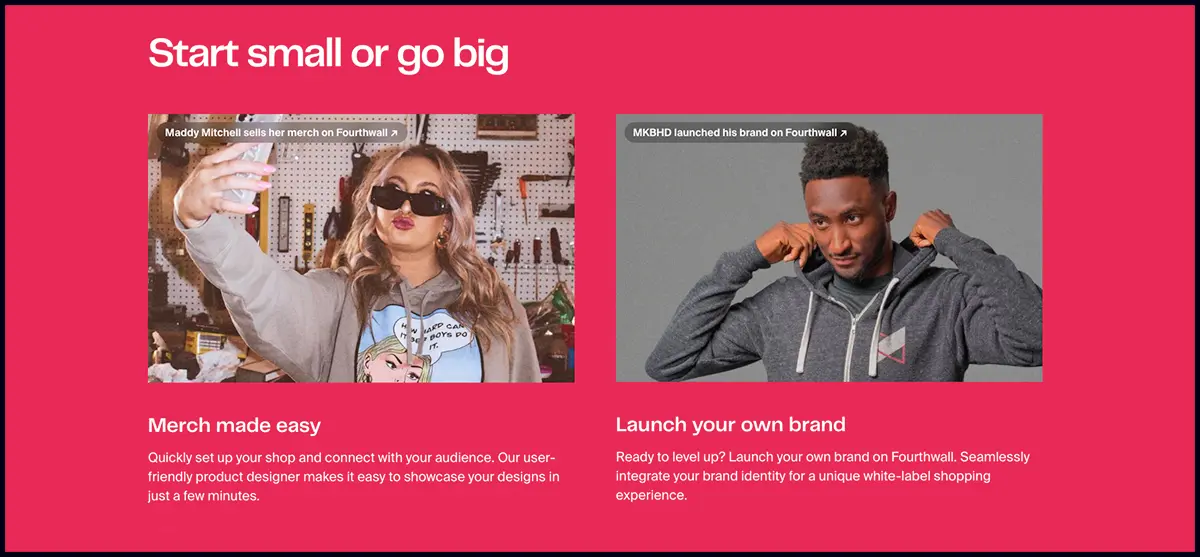
Exploring alternatives to advertising is a smart way to achieve sustainable brand growth, and Fourthwall provides all the tools creators need to succeed. With Fourthwall, you can:
- Launch a Professional Online Store: Sell merchandise, digital products, and video content directly to your audience.
- Offer Exclusive Memberships: Provide tiered memberships with access to premium content, perks, and community interactions.
- Leverage Seamless Ecommerce Integration: Integrate with YouTube Product Shelf, TikTok Shop, and Twitch Gifting to reach fans where they engage most.
- Customize Your Brand: Use personalized domains, branded storefronts, and advanced design tools to ensure your brand stands out.
- Engage Your Audience: Build lasting relationships with tools like email marketing, live event hosting, and direct fan interactions.
- Expand Monetization Options: Utilize tools for selling white-label products, custom tech accessories, and unique branded merchandise.
- Track Performance: Gain valuable insights with analytics to measure sales, audience engagement, and overall ROI.
- Access Global Shipping: Sell worldwide with optimized shipping and logistics, ensuring smooth delivery to fans everywhere.
So, if you're ready to take your brand to the next level, then sign up with Fourthwall today and unlock the platform's full potential for your success!
Frequently Asked Questions
How Can I Measure the Success of Non-Advertising Strategies?
Tracking metrics like engagement, customer retention, and referral rates allows brands to measure success effectively.
Tools like Google Analytics, social media insights, and email marketing platforms offer valuable data on how audiences interact with content and show which strategies are most effective in driving growth.
For instance, tracking referral traffic can reveal how many visitors come from guest blog posts or affiliate links, while email open and click-through rates can gauge the impact of email marketing campaigns.
Additionally, monitoring follower growth and engagement rates on social media provides insight into how well content resonates with audiences, enabling creators to fine-tune their approach and optimize for higher ROI.
Which Alternatives to Advertising Are Best for Small Businesses?
For small businesses, cost-effective alternatives like email marketing, influencer partnerships, and community-building can deliver impactful results without breaking the bank.
Email marketing allows businesses to reach customers directly with tailored promotions, updates, and value-driven content, fostering loyalty and increasing retention at a fraction of traditional ad costs.
Partnering with micro-influencers is another powerful approach. These influencers often have highly engaged audiences within specific niches, helping small businesses reach potential customers authentically and targeted.
Community-building—whether through social media groups, interactive posts, or even local events—creates a loyal customer base that actively engages with the brand, provides feedback, and spreads word-of-mouth recommendations.
Together, these strategies drive organic growth and build lasting connections with customers, generating a strong return on investment without the need for extensive advertising budgets.
How Do I Build Trust Without Paid Ads?
Building trust without paid ads starts with a commitment to authenticity, consistently delivering high-quality content that resonates with your audience’s needs and interests.
Sharing valuable, informative, or entertaining content on blogs, social media, and email nurtures a genuine connection and positions your brand as a reliable source.
Engaging directly with your audience—replying to comments, addressing questions, and showing transparency in business practices—reinforces this trust, as people feel seen and valued by brands that interact openly.
Additionally, showcasing real customer testimonials, success stories, or behind-the-scenes glimpses into your business can humanize your brand, demonstrating a level of openness and honesty that paid ads often lack.

